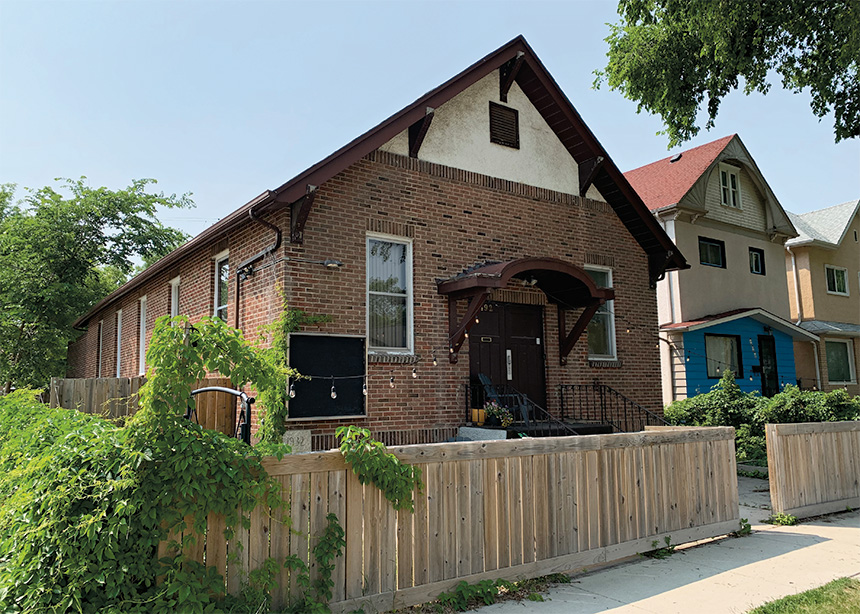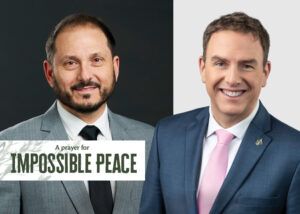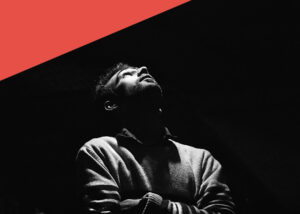This spring it dawned on me that our front yard occasionally functions as a safe-ish consumption site.
Almost 10 years ago we bought a small church in Winnipeg’s West End and renovated it to be our home. The exterior looks basically the same, so from the beginning a trickle of people have assumed it is still a church and therefore a quasi-public space. Sometimes people knock on the door or sit on the steps to visit or have a bite to eat.
In all this time we’ve never had an issue, other than a bit of garbage left here or there. Some mornings I come out and a few things look moved or out of place. Curiosity got the better of me and I eventually installed some cameras around the house. I check the footage occasionally. One day I watched the recording from the night before, which showed two people entering our yard. One of them slowly and carefully unscrewed our outdoor lights (not breaking any) until there was a dark corner where he and his friend could—well, they were just off camera, so I don’t know what they did. It wasn’t hard for me to connect the dots though, as over the years I’ve found traces of booze, drugs and sex.
One morning this spring it was finally warm enough to comfortably have a coffee outside before work. A young woman looking a little worse for wear walked through the gate. She asked if she could come inside. I said I needed to go to work soon but she could have a seat in the yard if she wanted. She sat down and we talked a little. She said she had to get out of her apartment block. She asked for water. She asked for my name. Then she turned away from me and I went back to reading.
I looked up a few minutes later and she appeared to be preparing a needle for injection. While we’ve picked up the occasional needle in the past, witnessing someone shoot up was a first for me. It felt weird but I let her finish. She carefully cleaned up after herself. We wished each other well and parted ways.
Drug use and addiction continue to rise. The most recent data I’ve seen shows that those living in downtown Winnipeg have a life expectancy 20 years lower than the rest of the city’s population. What is to be done? There are policies, supports and laws that could make a massive difference in people’s lives, but there is no collective or political will to institute them. Nearly every space is marked by effective exclusionary practices that marginalize those most in need of support. We in turn justify these boundaries in the name of our own safety.
Somehow our yard has become a small transitional and safe-ish space for those with few options. I’m no saint and this is not a solution, but it is a reminder that common spaces and safe consumption sites are both possible and needed.
I try not to be heavy-handed when talking with my 13-year-old son about these things, but he is perceptive. One day he talked about the danger that exists in other neighbourhoods. I thought maybe he viewed the realities of our neighbourhood through rose-coloured glasses, but then I realized what he was talking about.
He saw that it was okay for strangers to land in our yard and take a load off for a bit, but he also realized what would happen if some of these folks landed in the lawns and on the front steps in nearly any other neighbourhood in the city. He understood such a person would likely not be safe there. He understood the latent violence of other neighbourhoods.
Our entire public discourse as a city is centered around the “safety” of those who are already the safest, while we fear and ridicule those who suffer most. Questions of safety are real, but we have the wrong framework for assessing them. When the prophet Jeremiah told exiles to seek the welfare of the city he was clear on how it would work, stating, “In its welfare you will find your own.”
David Driedger is the leading minister at First Mennonite Church in Winnipeg.








Leave a Reply
You must be logged in to post a comment.